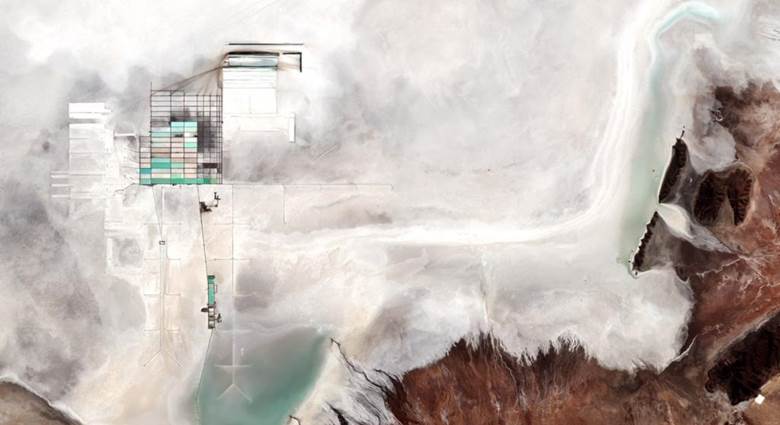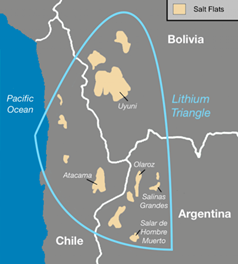Free Courses Sale ends Soon, Get It Now


Free Courses Sale ends Soon, Get It Now



Copyright infringement not intended
Context: The environmental price for switching to electric vehicles may be too heavy, according to a new report. The good for the global climate may be disastrous South America’s ecosystems.
Details:

The Lithium Triangle region. Source: Yale Environment 360
© 2024 iasgyan. All right reserved